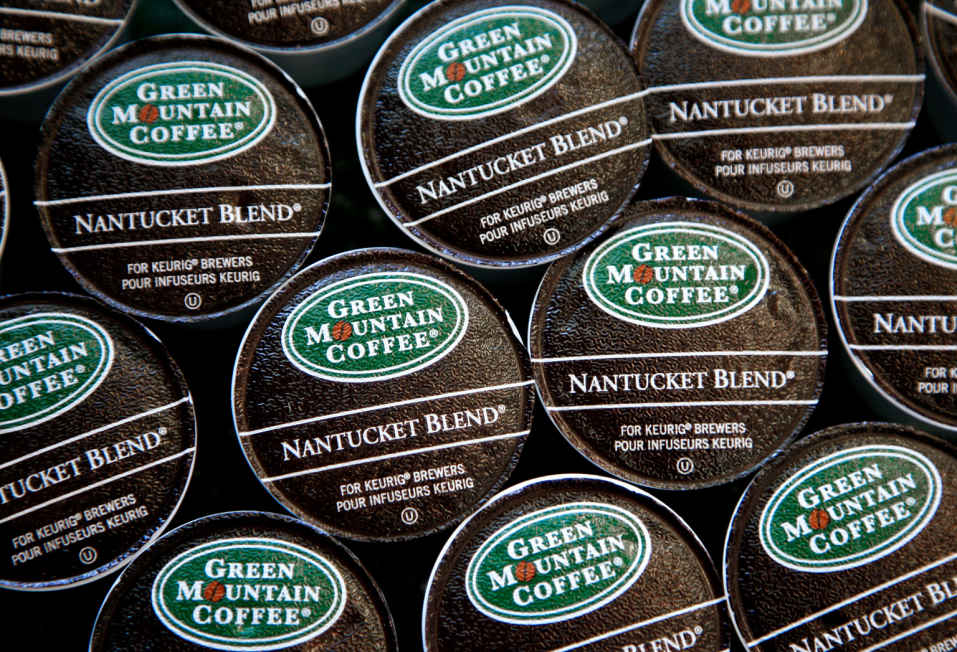NEW ENGLAND FOODS
1. Clams
It’s easy to get confused by New England clams. “Quahog” is the Native-American name for the hard-shelled clam Mercenaria mercenaria , but the bivalve has other aliases. Small ones, known as “littlenecks,” are served as the ever-popular battered-and-fried clam. Medium-sized quahogs are known as “cherrystones,” and are often eaten raw. Big ones are stuffed and baked.
2. Maple Syrup
Nothing tames a Yankee sourpuss like pouring on the maple syrup over a stack of pancakes or waffles. In late winter, you might encounter sugar houses in the north of New England boiling down the sap of sugar maple trees. Stop for a jug – you’ll never find it cheaper.
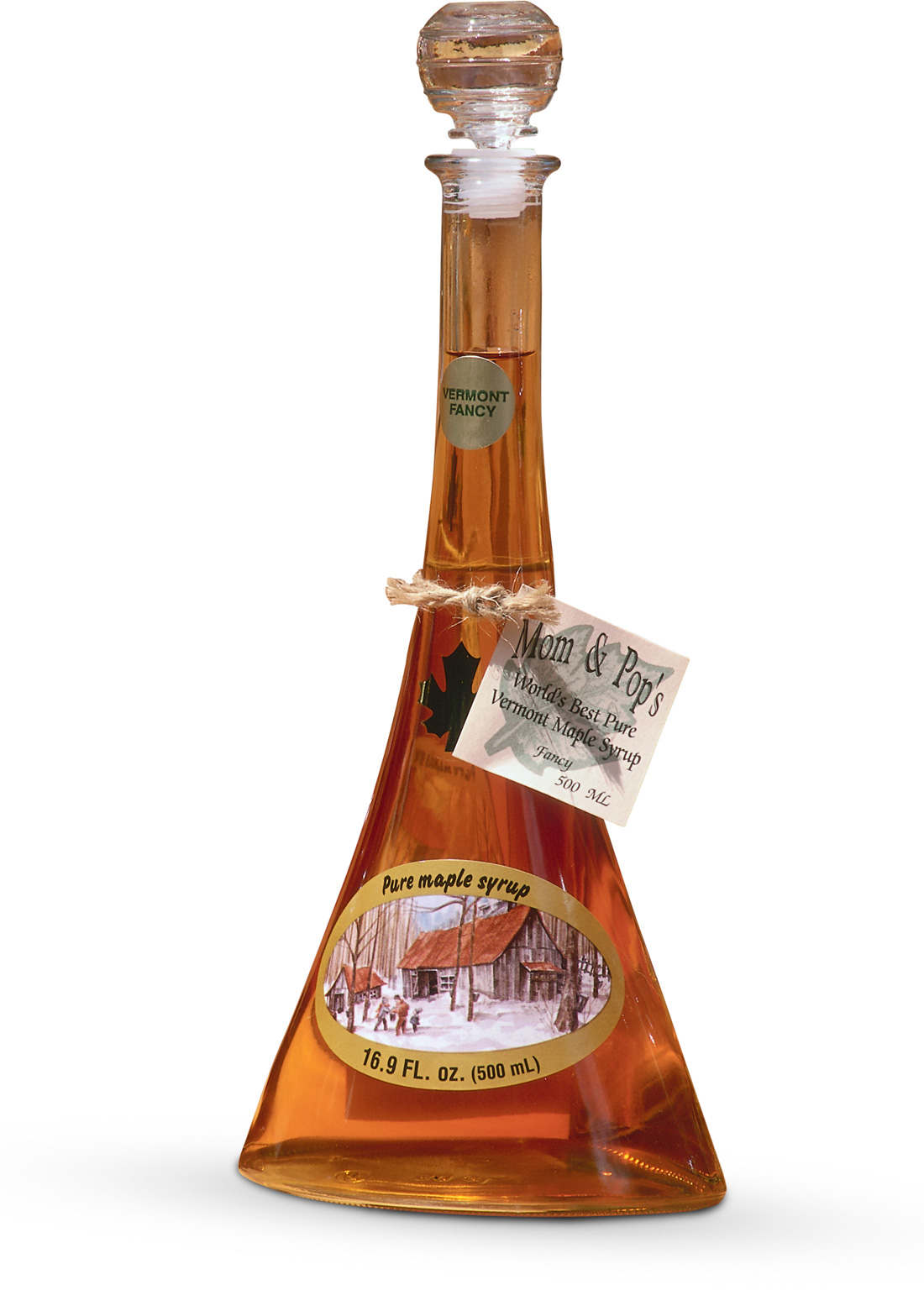
Maple syrup
3. Scallops
Scallops were popular in New England cooking long before they became a mainstay of gourmet restaurants. Look for them sautéed in butter, breaded and deep-fried, or tossed with linguine, herbs, and olive oil. Scallops are on almost every menu, not least because New Bedford, Massachusetts, lands more scallops than any other port in the world.
4. Cranberries
Popular in juices and muffins, cranberries are best known for the sugary sauce served as part of traditional Thanksgiving dinner. The state of Massachusetts still produces about half of America’s cranberry crop.
5. Lobster
One of the pleasures of a New England summer is setting a steamed lobster on a picnic table, cracking it with a rock, and savoring the sweet meat with melted butter. Homarus americanus , often called “Maine lobster,” is the world’s largest crustacean, and is generally served at weights of 1¼–3 lb (0.5–1.3 kg).
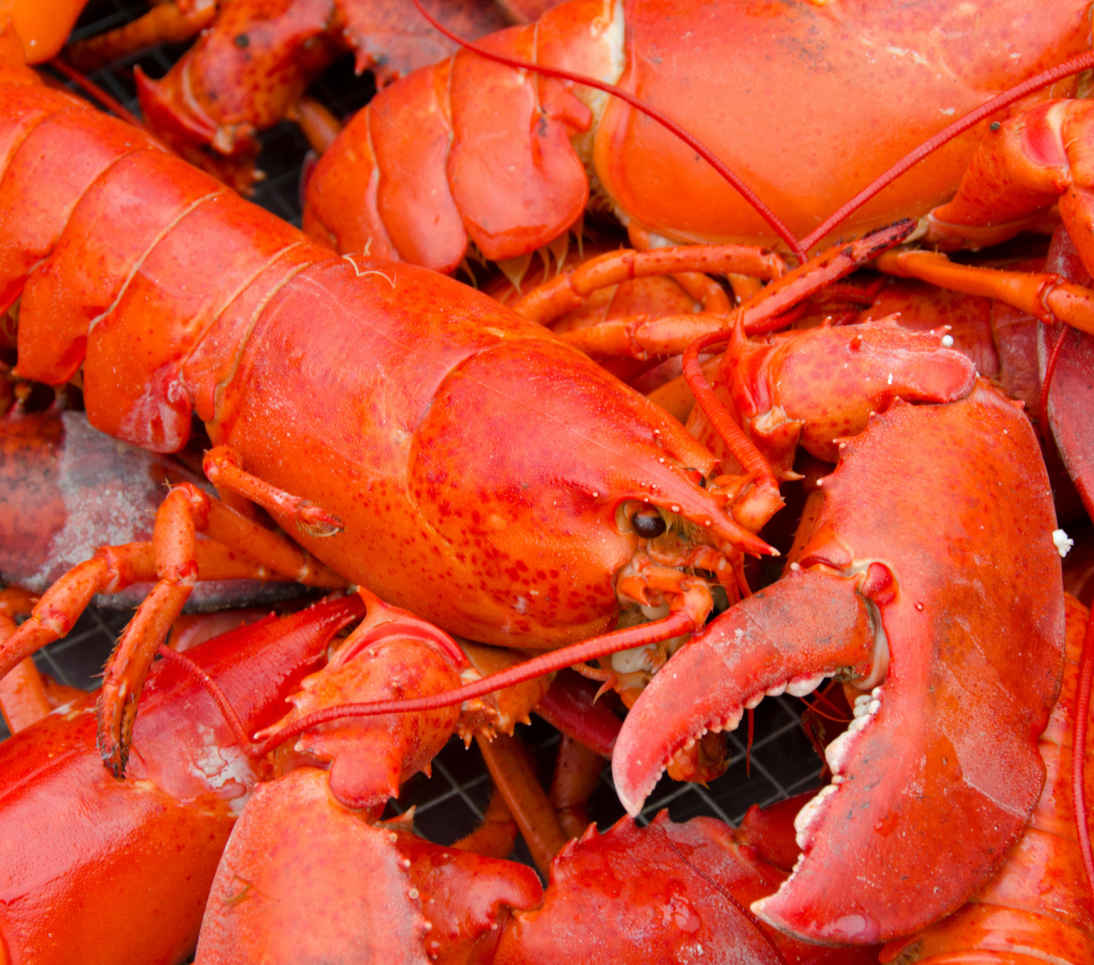
Fresh New England lobsters
6. Oysters
New England oysters are found on sandy bottoms all along the coast, but those cultured in beds near Damariscotta, Maine; Wellfleet, Massachusetts; and Norwalk, Connecticut, are celebrated for their delicate, distinctive flavors.
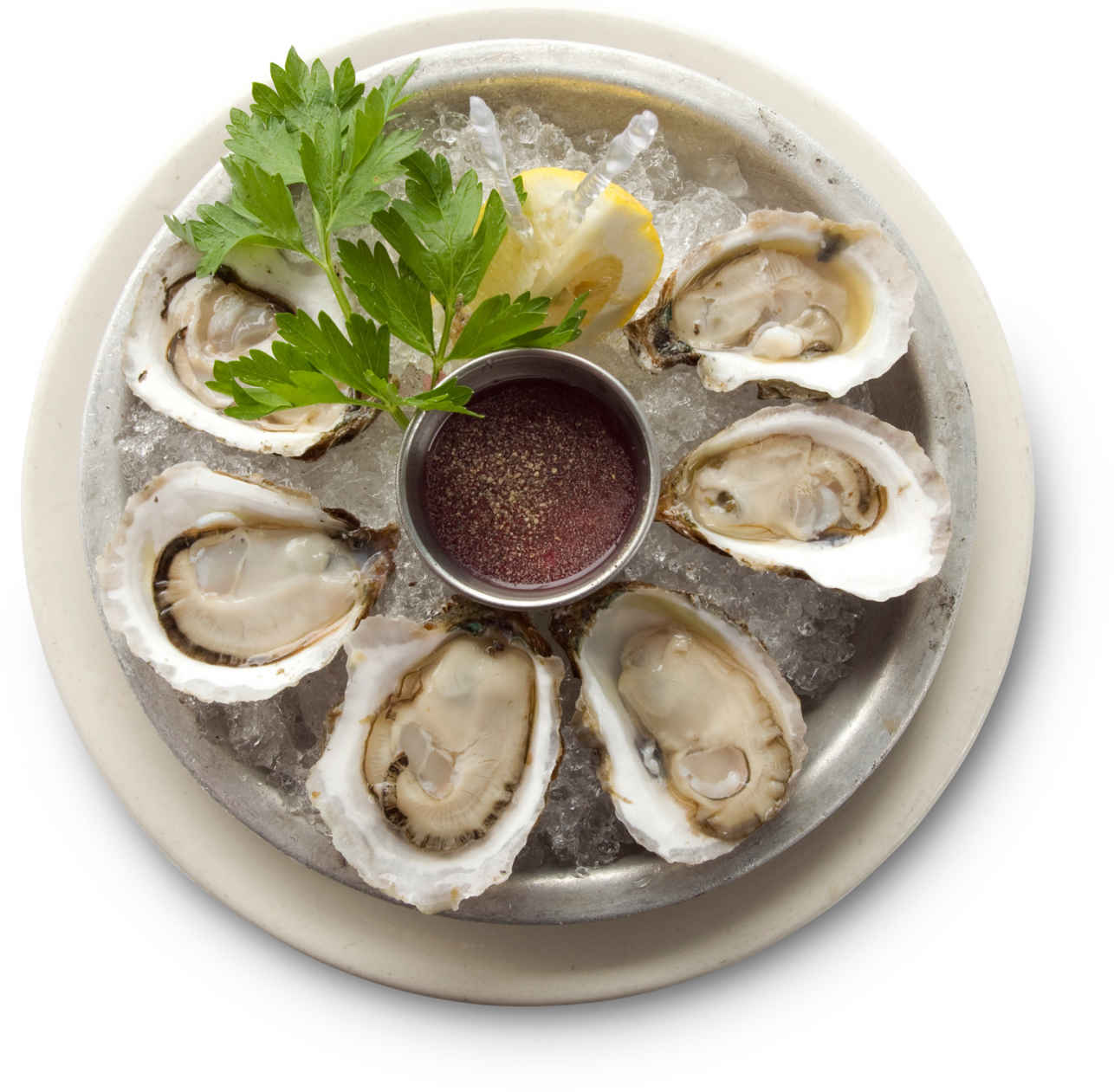
Oysters served on the half shell
7. Cheese
Visitors will find world-class farmstead cheeses all across New England. Small dairies make everything from fresh goat’s milk chevre to aged, pungent blues. Somewhat larger Vermont cheese companies also produce superb American cheddar and Colby cheeses.
8. Blueberries
Whether you prefer the light blueberry accent of a muffin or the supreme intensity of a blueberry pie, there’s no substitute for the tiny “wild” lowbush blueberry. Most wild blueberries are harvested in Maine from late July through August, but they freeze well, so blueberry baked treats are available all year.
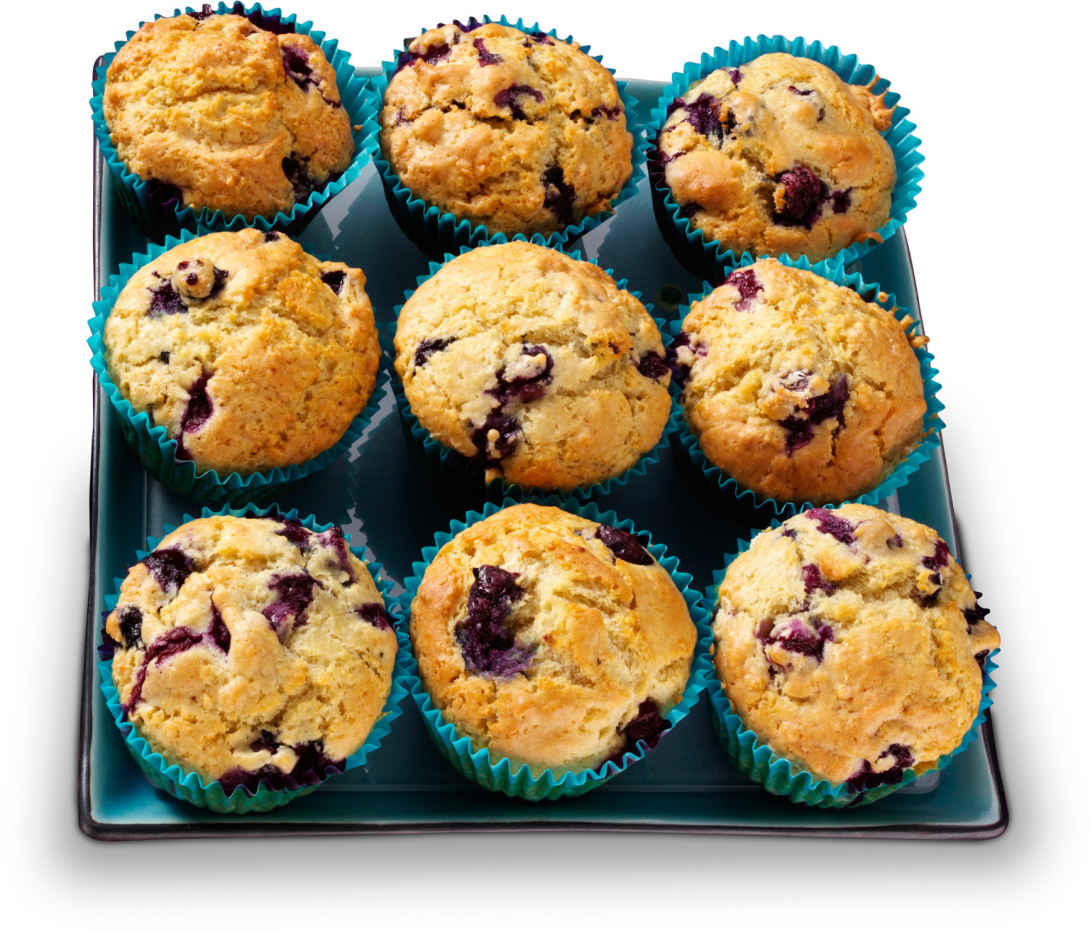
Tray of blueberry muffins
9. Stone-ground Cornmeal
Order a jonnycake – a sweet cornmeal pancake cooked on a griddle – at any Rhode Island diner, and you’ll be enjoying a culinary tradition going back to the region’s first European colonists and the Native Americans before them.
10. Heirloom Apples
Look for orchard farmstands selling apples in the fall. Many historic apple varieties can be traced to their New England birthplace by name (Roxbury Russet, Westfield-Seek-No-Further). Preservation efforts begun in the 1980s have borne fruit in the widespread availability of dozens of historic varieties.

